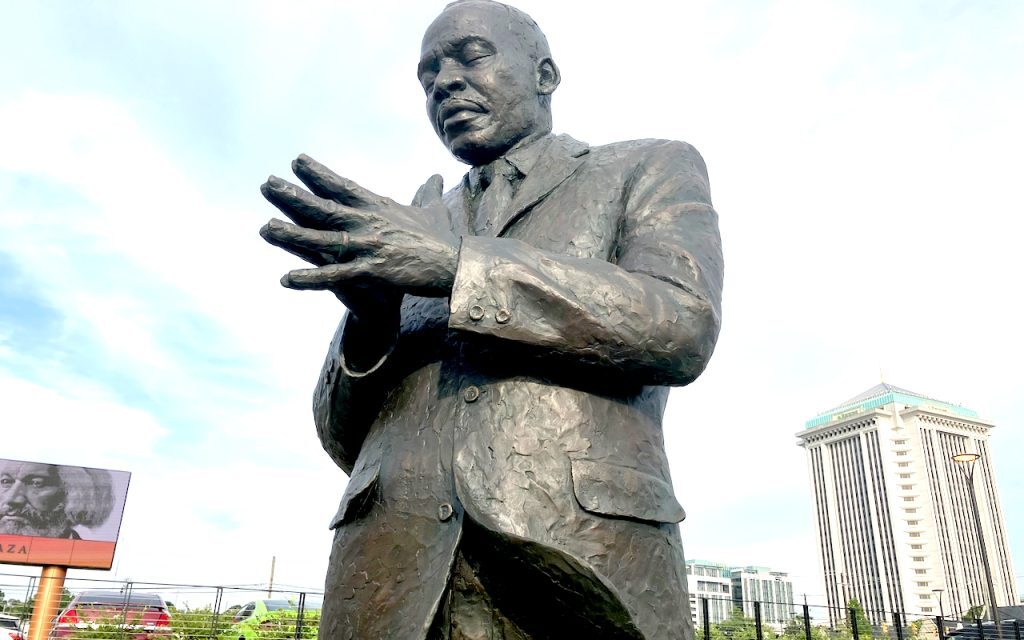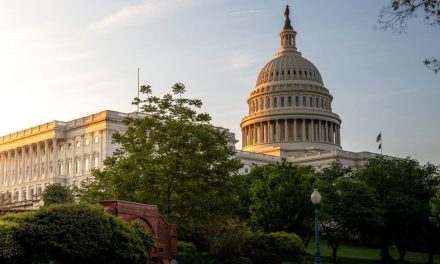By Mike Cason
The Equal Justice Initiative has added a statue of Martin Luther King Jr. to its Legacy Plaza, the latest addition to the organization’s growing footprint of memorials, educational sites, and parks in downtown Montgomery.
The plaza, which occupies a city block across the street from the EJI’s Legacy Museum, also includes a statue of Rosa Parks, unveiled in February.
Atlanta-based sculptor Basil Watson created both the Parks and King statues.A statue of John Lewis, the longtime Georgia congressman, Alabama native, and civil rights champion, will be added to the plaza in the coming months.
King moved to Montgomery in 1954 to pastor the Dexter Avenue Baptist Church, a few blocks from where his new statue stands. It was during King’s time in Montgomery that the young pastor began to move to the forefront of the civil rights movement when he helped lead the Montgomery Bus Boycott, a 13-month campaign that ended with a U.S. Supreme Court ruling upholding a decision that Alabama’s segregated bus laws were unconstitutional.
“Dr. King is one of the greatest leaders this nation has ever known,” EJI director Bryan Stevenson said in a news release. “In Montgomery, we are honored to be a part of his life and legacy and thrilled to now recognize his brilliance and commitment to justice with a statue.”
The EJI is offering free admission at its three main Legacy sites in Montgomery on Wednesday in recognition of Juneteenth, the federal holiday commemorating the end of slavery.
The three sites include the National Memorial for Peace and Justice, which recognizes the more than 4,000 victims of lynching in America, the Legacy Museum, which examines the history of slavery and its aftermath, and the new Freedom Monument Sculpture Park on the Alabama River, a trail of art and exhibits that depict and describe the cruelty and brutality faced by the the enslaved people who lived in Alabama in the 19th century.











